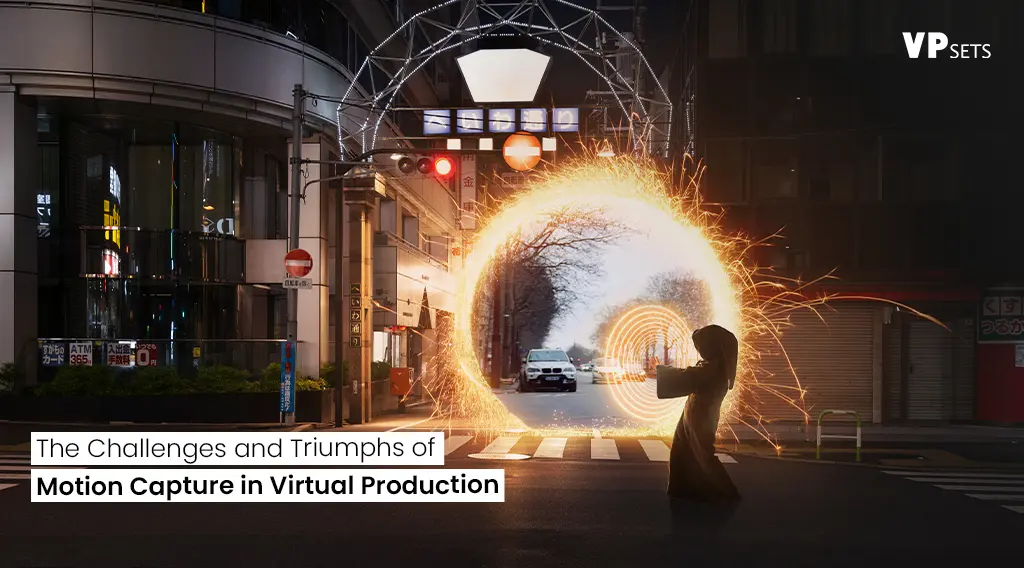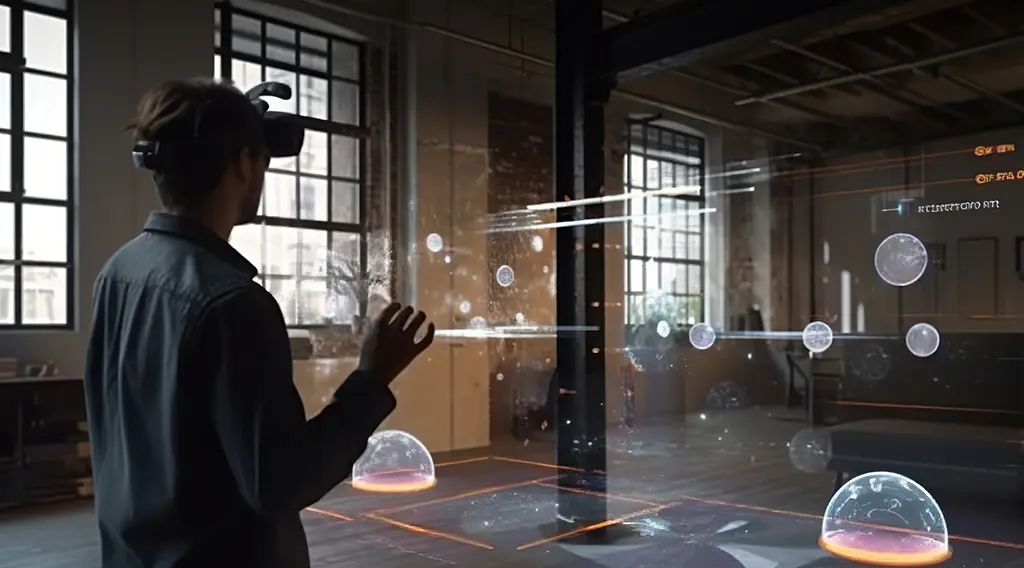The Challenges and Triumphs of Motion Capture in Virtual Production

Motion capture (MoCap) has become one of the most transformative tools in the entertainment industry, bridging the gap between reality and the digital realm in films, television, and video games. Once seen as a niche technology, it has evolved into an essential element of modern storytelling, enabling creators to capture performances and translate them into fantastical worlds.
From iconic characters like Gollum in “The Lord of the Rings” to entire virtual universes like the ones seen in “Avatar” or “The Mandalorian” motion capture allows actors, directors, and technicians to push the boundaries of what’s possible. But this sophisticated blend of art and technology doesn’t come without challenges.
The Challenges of Motion Capture: Acting in the Unseen
For actors, motion capture presents a unique set of hurdles. Imagine performing an emotionally charged scene yet instead of standing in a meticulously crafted set, you’re in a featureless room, clad in a skin-tight suit covered with reflective markers. There are no physical props or scenery, only abstract concepts to fuel your imagination.
This stripped-down environment challenges actors to rely purely on their craft. They must imagine the world around them, whether it’s a battle against a mythical creature or a deep, introspective moment on another planet.
Every subtle movement is recorded and will later be transformed into a different character, possibly even a creature that doesn’t resemble the actor in any way. This requires incredible versatility and focus.
Furthermore, facial motion capture where small sensors are attached to an actor's face to record intricate movements demands an added layer of precision. Even the smallest twitch or furrowed brow must be conveyed without the benefit of full prosthetics or makeup.
Despite these challenges, the emotional authenticity that actors bring to their performances has been a key factor in the success of motion-capture-driven stories. Whether it’s Andy Serkis as Caesar in “Planet of the Apes” or Josh Brolin’s Thanos in “Avengers: Infinity War” These actors create performances that resonate deeply with audiences.
Technological Advancements: Powering the Art of Performance
The evolution of motion capture is tightly intertwined with the advancement of technology. Earlier systems required cumbersome suits with a limited range of motion and often produced stilted, unrealistic animations. Today, the technology is not only more refined but also more accessible.
Modern systems use high-resolution cameras to track hundreds of reflective markers on an actor’s suit, capturing movements with stunning accuracy. Some technologies have even advanced to marker-less capture, allowing actors to move more freely. Facial capture has seen significant advancements as well, thanks to improved algorithms that can translate muscle movements into detailed animations.
Real-time rendering has also been a game-changer, particularly in virtual production. By using game-engine technology like Unreal Engine, creators can visualize motion-captured performances in real-time, allowing directors to see how a scene will look as it’s being filmed. This immediacy helps streamline workflows and creates more organic interactions between actors and their virtual environments.
In shows like “The Mandalorian” virtual production combines motion capture with LED walls that display real-time environments, blending physical sets with digital landscapes seamlessly.This reduces the need for green screen and post-production visual effects, offering a more immersive experience for both actors and filmmakers.

Creative Triumphs: The Rebirth of Storytelling
Motion capture has fundamentally reshaped how stories are told. In cinema, it has birthed entire characters and worlds that would have been impossible or prohibitively expensive to create using traditional methods. Films like “Avatar” and “Alita: Battle Angel” utilize MoCap to bring larger-than-life characters to the screen, while maintaining emotional depth and nuance.
Video games, too, have been revolutionized by motion capture. Games like “The Last of Us” or “Red Dead Redemption 2” have set a new benchmark for emotional storytelling, with characters that feel almost as real as their live-action counterparts. MoCap not only enhances the realism of gameplay but also allows for deeper, more complex narratives.
Television is following suit, with the rise of virtual production in shows like “Westworld” and “Stranger Things”.The blending of MoCap and real-time technologies enables creators to take storytelling to places that were once only possible on a big-budget movie screen.
Motion capture's versatility means that it is no longer limited to fantasy or sci-fi. Its use in biographical films or dramas such as transforming actors into famous figures or creating detailed recreations of historical events is becoming more common. This demonstrates that MoCap is not just about spectacle but also about expanding the range of emotional storytelling.
The Future of Motion Capture: Where Are We Headed?
The future of motion capture looks brighter than ever. Advances in artificial intelligence and machine learning are set to further refine motion capture technology, making it even more precise and accessible. AI-driven tools may allow for faster rendering times and even reduce the need for reshoots, as virtual performances can be adjusted in post-production with greater ease.
We may also see motion capture enter new realms of entertainment, such as live performances and virtual reality. Imagine attending a concert where the singer's every move is motion-captured and projected as a digital avatar, performing in an immersive, ever-changing virtual environment.
Interactive experiences, like VR and AR, stand to benefit from motion capture's ability to blend real-world performances with digital spaces. As more content moves to virtual spaces, motion capture will play a pivotal role in shaping the future of these experiences.
The Power of Performance, Amplified by Technology
Motion capture has transcended its origins as a niche technology to become a driving force in modern storytelling. From the raw, unfiltered emotion of an actor’s performance to the limitless worlds of digital creation, MoCap empowers creators to reimagine what’s possible in film, television, and gaming.
While the road is paved with technical challenges, the creative triumphs speak for themselves. As we look ahead to the future, one thing is clear: the fusion of human performance and digital technology will continue to redefine the boundaries of storytelling, allowing us to explore uncharted creative territories in ways we’ve never dreamed of before.
